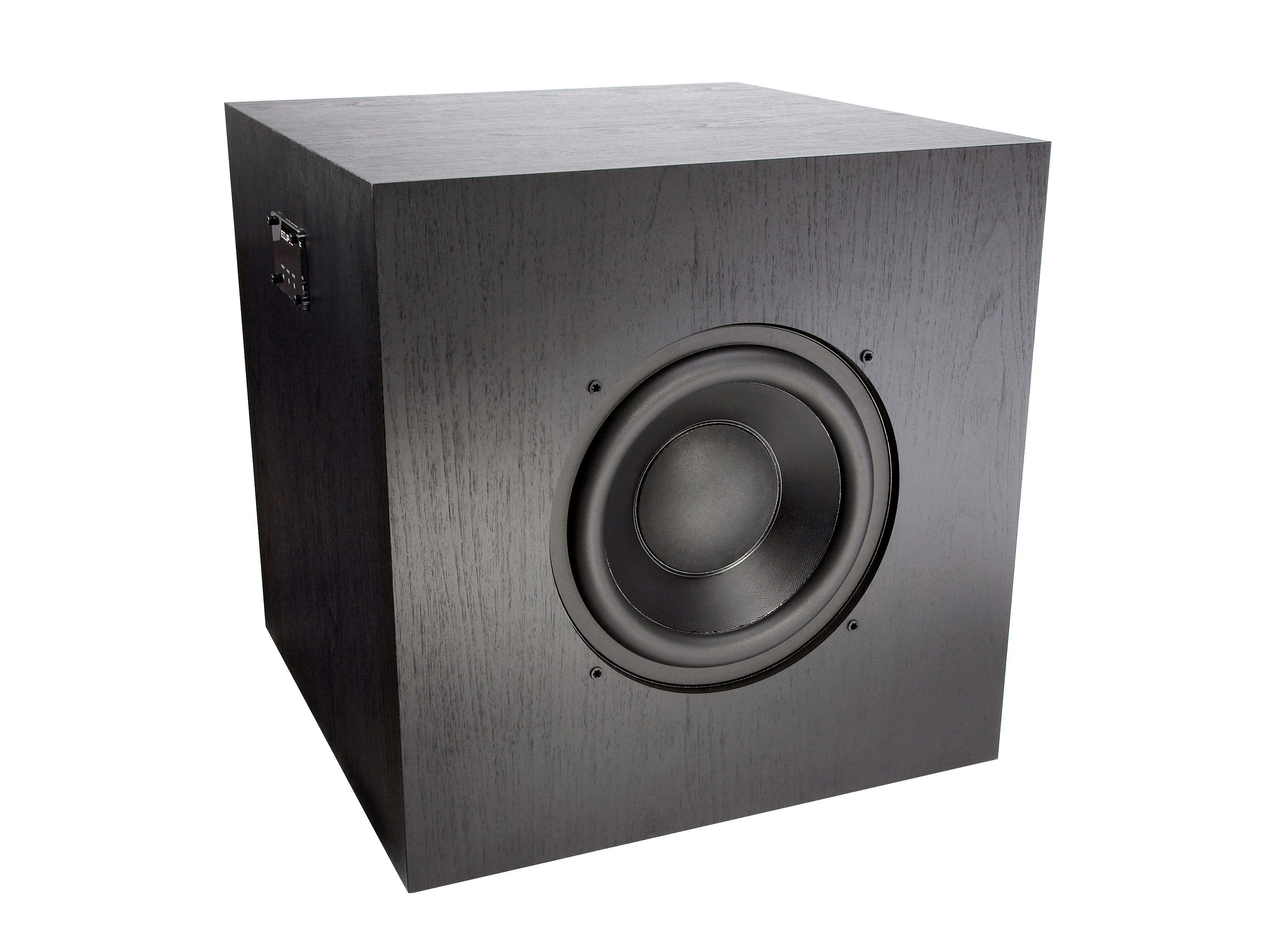TechRadar Verdict
This sub sets a high standard. It offers rare musical finesse and is equally happy in hi-fi or home cinema roles - it's just a shame it looks a bit bland
Pros
- +
Integrates beautifully
Ultra-quick timing
No overhang
Extra bass is very natural and open
Cons
- -
Dull rectangular box
Expensive for a subwoofer
Why you can trust TechRadar
Since its first egg-shaped TD512 Time Domain speaker, Eclipse has promised us a subwoofer fully in keeping with the thinking behind the company's satellites.
Until now, the nearest we'd got was the diminutive TD316sw, which had all the speed and transient bite that the satellites demanded, but limited depth. The TD725sw looks set to address that last issue. It's a full-size, half-metre coffee table of a sub, designed to add bass to any loudspeaker that might call for a subwoofer - from Eclipse or elsewhere.
The usual Eclipse egg shape doesn't carry over to the sub. It would have cost a lot more, been a lot larger, and been wholly impractical. Anyway, at low frequencies diffraction - part of the reason why the 'egg' speakers are shaped the way they are - is not the issue.
Eclipse identified that to add bass seamlessly, while preventing the sub from sounding slothful, is to make it perform lightening fast, mitigating the cabinet signature. This took a lot of time and testing, but fitness for purpose is what counts.
Although a single large driver would provide the bass extension required, its inertia would make it sound 'slow' and produce reaction forces that would cause the enclosure to sing along. So instead, the TD725sw uses two smaller, lighter 250mm units, which are cross-coupled internally and harnessed to a remote-controlled, 500-watt Class D amp.
These drivers operate in phase, so that the bracing prevents any net chassis movement. There is a degree of decoupling from the enclosure, but at very low frequencies it acts as a mechanical ground.
This type of subwoofer configuration is not unique - Eclipse has drawn inspiration from MartinLogan's superb Descent design, as has Mordaunt-Short. But there's no doubt the theory works, and here the execution is excellent.
Sound quality
From the outset, playing with a system based around a TD712 stereo pair (and TD510 centre/rears for multichannel), it was quickly apparent that system synergy was damn near perfect. The bass opened out, and the sense of added scale and architecture, and of a richer, deeper tonal compass, was immediate, while dynamics were better formed.
Best of all there was no real diminution of the precise stereo imaging that even without the subwoofer allowed instruments to hover in the air, just where the recording engineer placed them. However, we found that if you turn the volume up high, the sound becomes 'woofy'.
Careful set-up is vital. With a multichannel 'home cinema' amp or receiver, use the pre-filtered sub output direct into the TD725, bypassing the internal low pass filter, which adds group delay. Otherwise, the subwoofer is best fed directly from the amplifier's speaker output, so that it runs in parallel with the satellites. This provides a seamless quality, whatever type of speaker you're using.
We set the low pass filter to a low frequency, just where the satellites were rolling in (65Hz or so for the TD712, much lower with nominally full-range floorstanding speakers), which reduced the sub's aural footprint.
But such is the TD725's ability to attack and release notes that the subwoofer was unfazed by the greater exposure when crossing over at a traditional 80Hz. Ultimately, 'stealth' remains preferable, in part because stereo imagery is more consistent and broader.
Eclipse may not be the first to configure a subwoofer in this way, but its implementation is superb. The TD725sw sets new standards for speed, integration and control, without sacrificing bass depth and power. Alvin Gold
Tech.co.uk was the former name of TechRadar.com. Its staff were at the forefront of the digital publishing revolution, and spearheaded the move to bring consumer technology journalism to its natural home – online. Many of the current TechRadar staff started life a Tech.co.uk staff writer, covering everything from the emerging smartphone market to the evolving market of personal computers. Think of it as the building blocks of the TechRadar you love today.
